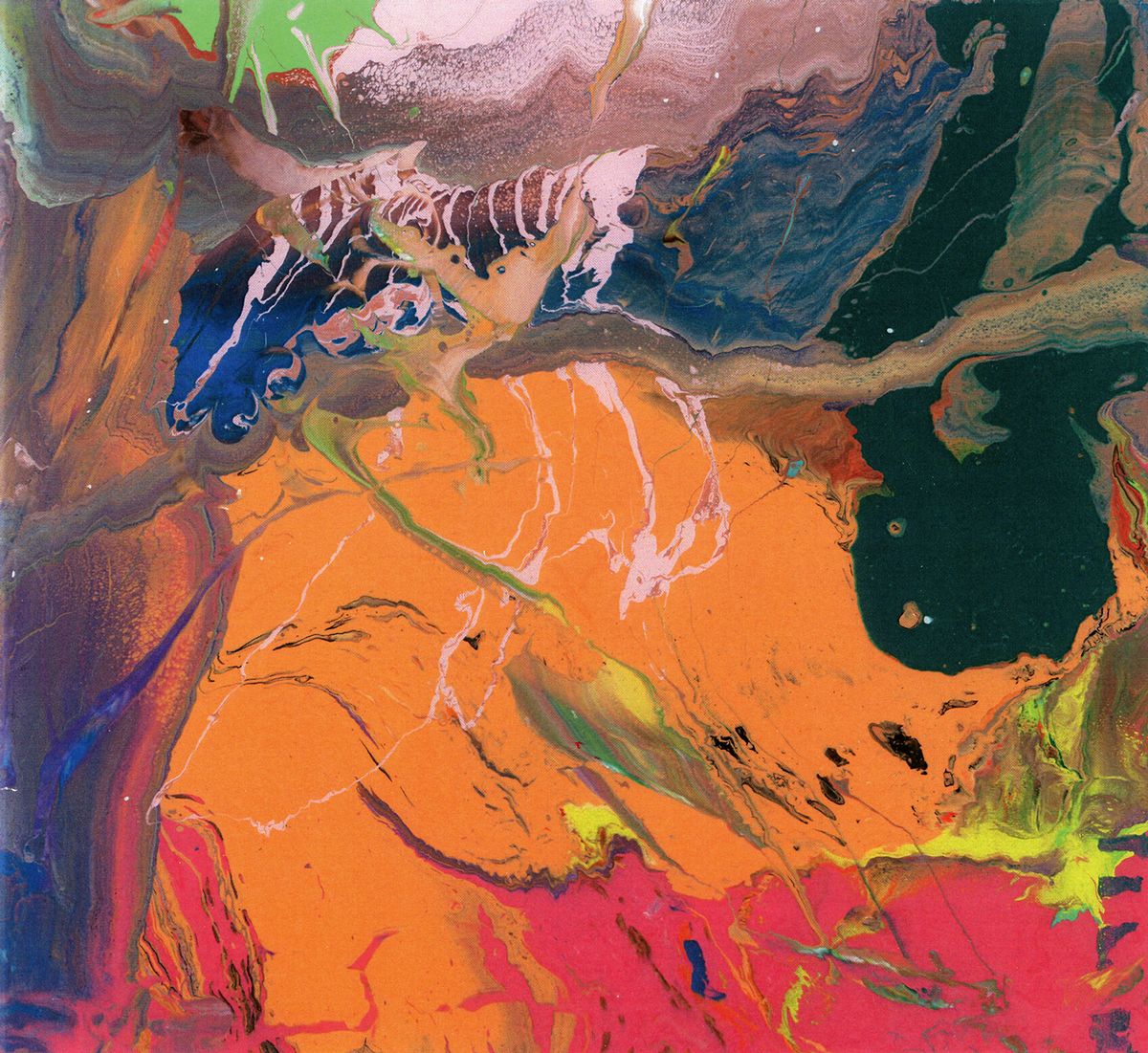Gerhard Richter (born 1932) has a reputation for saving painting from the dead end of Minimalism in the 1960s, through the reintroduction of potent themes and beautiful imagery in his photo-style paintings using black and white. His later abstracts revealed him to be a painter of great breadth. Volume 6 of this monumental catalogue raisonné acts as a final lifetime volume, documenting art made from 2007-19. The forthcoming 7th volume will present supplementary material, including a survey, biography, bibliography and exhibition list.
This volume covers 58 (sometimes multipart) paintings, sculptures and installations, beginning with the stained-glass window for Cologne Cathedral. The 19-metre-tall window is comprised of 11,000 randomly distributed squares of plain colour. Lacquer-on-aluminium panels were tests and spin-offs from the Cologne project, combining squares of unrelated colours in formats of 4 and 25 colours, in series of 100 and 50 unique variants respectively. One innovation was large digital prints of narrow horizontal stripes in many colours. Sculptures of this period are made of upright glass panes: some recalling Richard Serra’s leaning steel sheets.
These lacquer-on-glass paintings are perhaps the artist’s most beautiful art
Richter uses lacquer to make small paintings of distinct colours flowing and partially mingling on sheets of glass. These lacquer-on-glass paintings are perhaps the artist’s most beautiful art, combining pure colour and entropic forces of mixture and separation. These have the quality of cut and polished stones, similar to Richter’s “dragged” abstracts made with squeegees. These dragged abstracts are the most numerous of Richter’s paintings in the period covered in the present volume; he produced only a handful of blurred photograph-style paintings in the 2010s. There is a dramatic reduction in the artist’s output following 2017: 2018 saw the production of two works; three works were made in 2019. All three 2019 pieces were variants of pre-existing designs.
As hinted by the brief descriptions above, the catalogue includes sculpture and stained glass, as well as paintings, but it largely excludes drawings, prints and overpainted photographs. An introductory essay leads to a catalogue of works, following the chronological serial numbering given by Richter’s studio. The only omitted works are those that Richter deems unworthy of inclusion, as stated in the following explanation: “Unnumbered works are not included in the catalogue raisonné. Some unnumbered works were produced as favours, or as commercial commissions, and are of no artistic value to Richter. Others he considered unsuccessful pieces, which were nevertheless given to friends. Every once in a while Richter forgot to assign a painting a number. […] Richter has re-examined these works and assigned numbers to some of them in retrospect.”
Author Dietmar Elger, director of the Gerhard Richter Archive in Dresden, has been diligent and devoted in his role as cataloguer. There are no significant errors but there are omissions in the literature. Yet for an artist who has produced such a wealth of commentary, this is an understandable distillation. There are numerous studio photographs of paintings in progress, and the book production quality is excellent. Overall, this catalogue brings up to date the vast output of Postmodernism’s premier master in a fittingly grand fashion.
• Dietmar Elger, Gerhard Richter Catalogue Raisonné: Volume 6, Nos. 900-957 2007-2019 (English/German text), Hatje Cantz, 528pp, 700 illustrations, €248/£225 (hb), published 21 February (Germany) 31 March (UK) 2022
• Alexander Adams is an artist/author. His book Degas is out in April from Prestel


